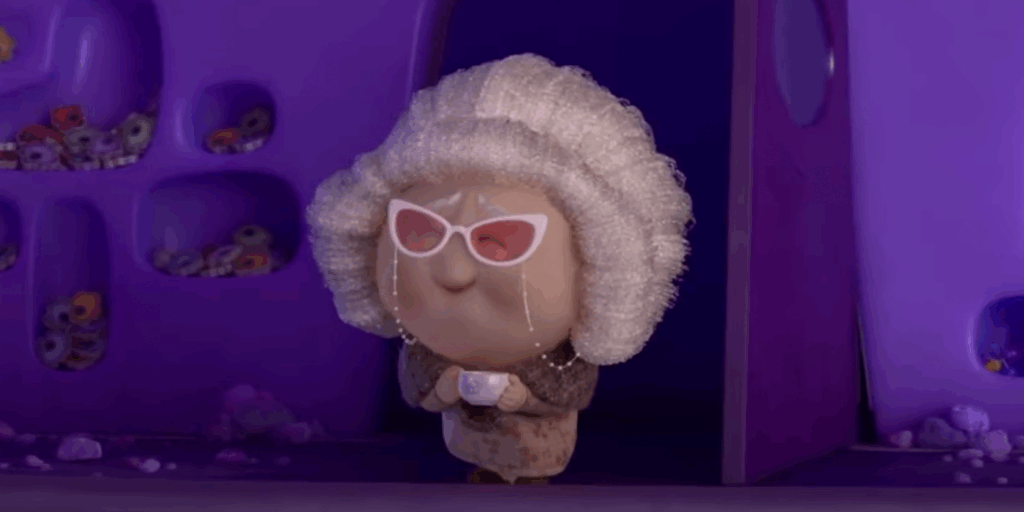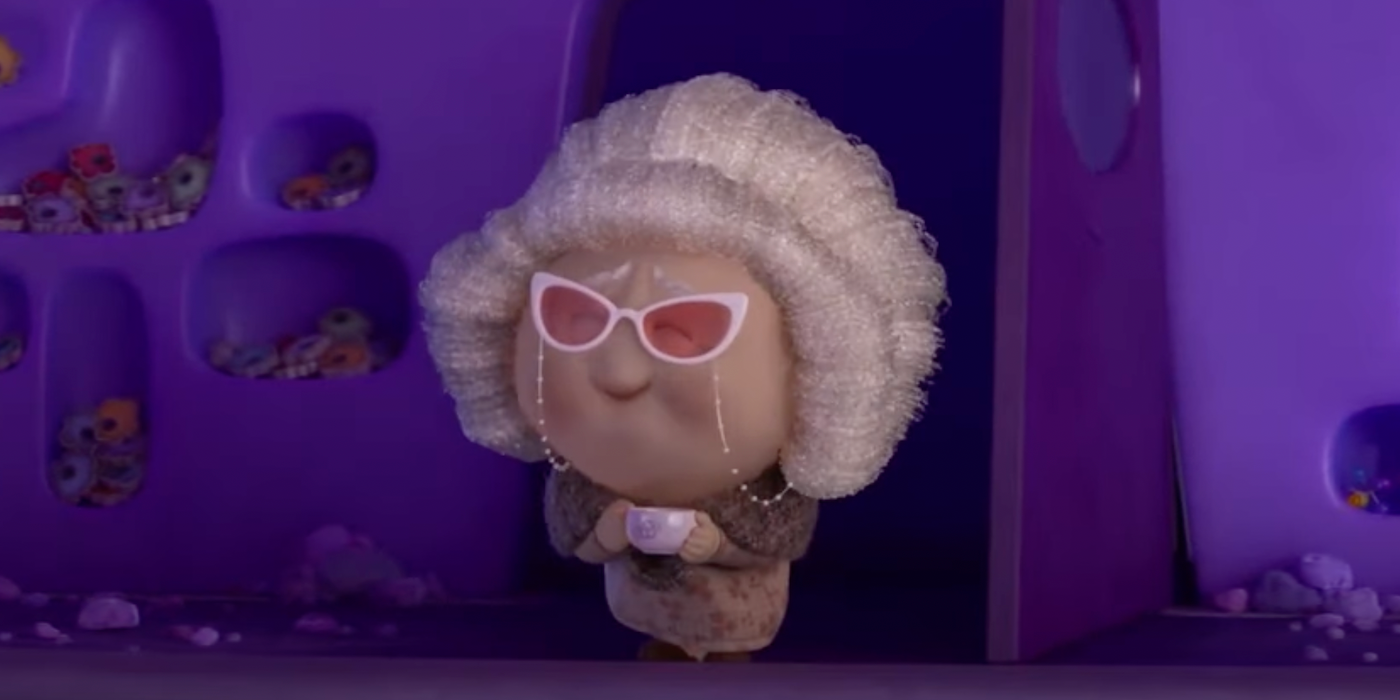
Inside Out: Exploring the Neuroscience and Psychology of Nostalgia
Nostalgia, that bittersweet ache for the past, is a universal human experience. From flipping through old photo albums to re-watching childhood movies, we all engage in nostalgic reflection. But what exactly is nostalgia, and why do we feel it so intensely? This article delves inside out, exploring the neuroscience, psychology, and cultural significance of this powerful emotion. We’ll examine how nostalgia impacts our well-being, relationships, and even our perception of the present and future. Understanding the ‘inside out’ workings of nostalgia provides valuable insight into the human condition itself.
The Roots of Nostalgia: A Historical Perspective
The term “nostalgia” was coined in 1688 by Johannes Hofer, a Swiss physician. He described it as a neurological disease, a form of homesickness suffered primarily by Swiss mercenaries fighting abroad. Back then, nostalgia was viewed as a debilitating condition, even a potentially fatal one. The symptoms included anxiety, depression, and even cardiac arrest. Early treatments were drastic, ranging from opium to leeching. Thankfully, our understanding of nostalgia has evolved significantly since the 17th century.
Over time, the perception of nostalgia shifted from a disease to a more nuanced understanding of its psychological role. By the 20th century, psychologists began to recognize nostalgia as a common and even beneficial emotion. They started exploring its connection to memory, identity, and social connection. This marked a pivotal shift in how nostalgia was viewed, paving the way for modern research into its positive functions.
The Neuroscience of Nostalgia: What Happens in the Brain?
Neuroimaging studies have shed light on the neural correlates of nostalgia. When individuals experience nostalgia, several brain regions become active, including the medial prefrontal cortex (mPFC), the hippocampus, and the amygdala. The mPFC is involved in self-referential processing and autobiographical memory. The hippocampus plays a crucial role in memory retrieval. The amygdala processes emotions, particularly those associated with reward and motivation. These brain areas work together to create the complex emotional experience we know as nostalgia.
The activation of the amygdala during nostalgic reflection suggests that nostalgia is not simply about remembering the past; it’s also about experiencing the positive emotions associated with those memories. Nostalgic memories are often idealized, focusing on the positive aspects of past experiences and downplaying the negative ones. This selective recall contributes to the comforting and uplifting feeling that nostalgia often evokes. Furthermore, the release of dopamine, a neurotransmitter associated with pleasure and reward, may also contribute to the positive emotional valence of nostalgia. Understanding the neurological underpinnings of nostalgia helps us appreciate its powerful influence on our thoughts, feelings, and behaviors.
The Psychology of Nostalgia: Functions and Benefits
Modern psychological research has identified several key functions and benefits of nostalgia. It serves as a psychological resource, providing comfort during times of stress or uncertainty. When faced with challenges, recalling positive memories from the past can boost self-esteem and create a sense of continuity in one’s life. This can be particularly helpful during periods of transition or adversity.
Nostalgia also strengthens social connections. Sharing nostalgic memories with others can foster a sense of belonging and shared identity. Think about family traditions, class reunions, or reminiscing about shared experiences with friends. These activities reinforce social bonds and create a sense of community. Nostalgia reminds us that we are not alone and that we are part of something larger than ourselves.
Furthermore, nostalgia can enhance our sense of meaning in life. By reflecting on past experiences, we can gain a better understanding of our values, goals, and priorities. Nostalgia helps us connect the dots between our past, present, and future, providing a sense of purpose and direction. It reminds us of what is important to us and motivates us to pursue meaningful goals. The inside out exploration of nostalgia’s psychological benefits reveals its profound impact on our overall well-being.
The Dark Side of Nostalgia: Potential Drawbacks
While nostalgia is generally considered a positive emotion, it’s important to acknowledge its potential drawbacks. Excessive or unhealthy nostalgia can lead to rumination on the past and a dissatisfaction with the present. Constantly dwelling on “the good old days” can prevent us from fully engaging in the present moment and appreciating the opportunities that lie ahead. This can lead to feelings of regret, resentment, and even depression.
Nostalgia can also be used to justify resistance to change. Idealizing the past can make us resistant to new ideas, technologies, or ways of thinking. This can hinder progress and prevent us from adapting to a changing world. It’s important to strike a balance between cherishing the past and embracing the future. Healthy nostalgia involves appreciating positive memories without becoming overly attached to them or using them as a barrier to growth. It’s about understanding the inside out effects of nostalgia, both positive and negative.
Nostalgia in Culture: Media, Marketing, and Society
Nostalgia is a powerful force in culture, influencing media, marketing, and society as a whole. Movies, television shows, and music often tap into our collective nostalgia, evoking fond memories of past eras and experiences. The popularity of remakes, reboots, and retro trends demonstrates the enduring appeal of nostalgia. Marketers often use nostalgia to connect with consumers on an emotional level, creating a sense of familiarity and trust. Advertisements featuring iconic brands, products, or celebrities from the past can be highly effective in capturing our attention and influencing our purchasing decisions.
Nostalgia also plays a role in shaping our collective identity. National holidays, historical commemorations, and cultural traditions serve as reminders of our shared past, fostering a sense of unity and belonging. These collective nostalgic experiences reinforce our cultural values and strengthen our social bonds. However, it’s important to be mindful of the potential for nostalgia to be used for political purposes. Nostalgia can be manipulated to promote certain ideologies or to justify discriminatory practices. Critical thinking is essential when engaging with nostalgic narratives, particularly those that are used to promote a particular agenda. The inside out analysis of nostalgia’s cultural impact is crucial for understanding its broader implications.
Harnessing the Power of Nostalgia: Practical Applications
Given its potential benefits, how can we harness the power of nostalgia in our daily lives? One simple way is to regularly engage in nostalgic reflection. Set aside time to look through old photos, listen to music from your past, or revisit places that hold special memories. Sharing these memories with loved ones can strengthen your relationships and create a sense of connection. [See also: The Benefits of Journaling for Mental Health]
Another way to harness nostalgia is to incorporate elements of the past into your present life. This could involve decorating your home with vintage items, cooking recipes from your childhood, or engaging in hobbies that you enjoyed in the past. These activities can evoke positive emotions and create a sense of comfort and familiarity. It’s important to be intentional about the type of nostalgia you cultivate. Focus on memories that are positive, uplifting, and empowering. Avoid dwelling on negative experiences or using nostalgia as a means of escaping from the present. By understanding the inside out mechanisms of nostalgia, we can leverage its power to enhance our well-being and create a more fulfilling life.
Conclusion: The Enduring Appeal of Nostalgia
Nostalgia is a complex and multifaceted emotion that plays a significant role in our psychological well-being, social connections, and cultural identity. From its origins as a neurological disease to its modern understanding as a beneficial psychological resource, the perception of nostalgia has evolved significantly. By exploring the neuroscience, psychology, and cultural significance of nostalgia, we can gain a deeper appreciation for its enduring appeal. Understanding the ‘inside out’ workings of nostalgia empowers us to harness its power for good, fostering a sense of connection, meaning, and well-being in our lives. As we navigate the challenges and uncertainties of the present and future, nostalgia can serve as a valuable anchor, reminding us of our past, strengthening our present, and inspiring our future. Ultimately, nostalgia is a testament to the enduring power of memory, emotion, and human connection.

